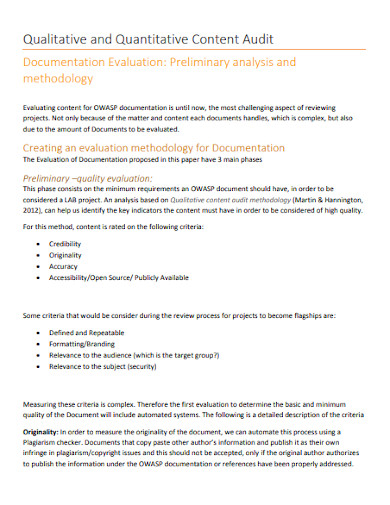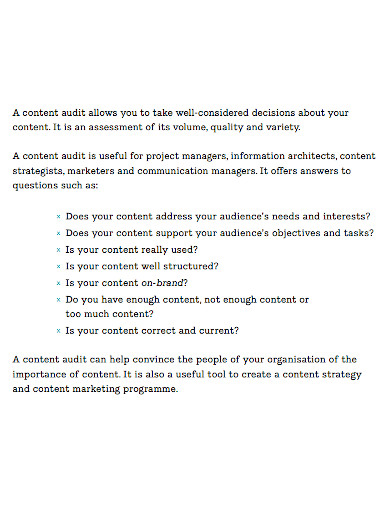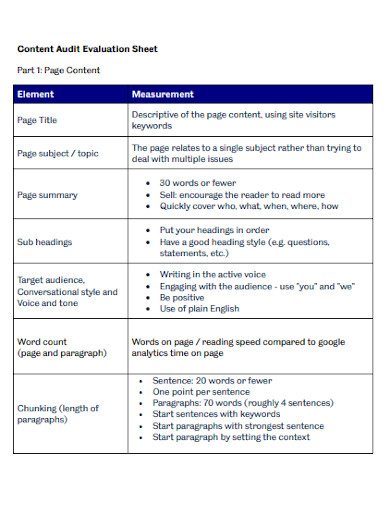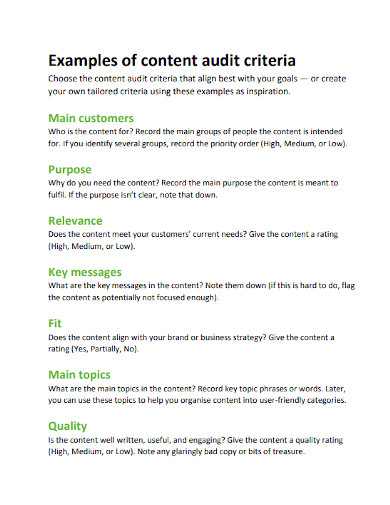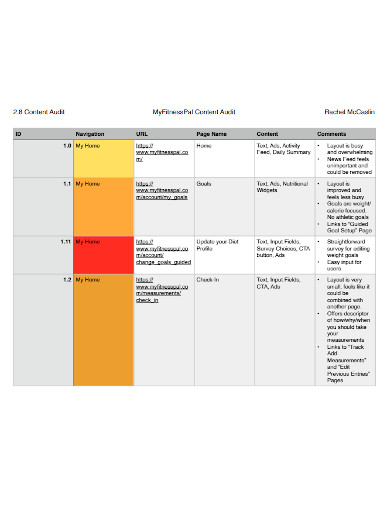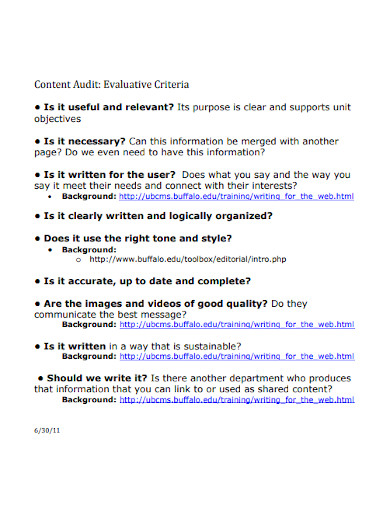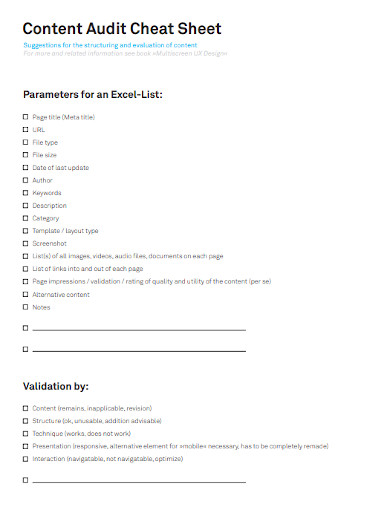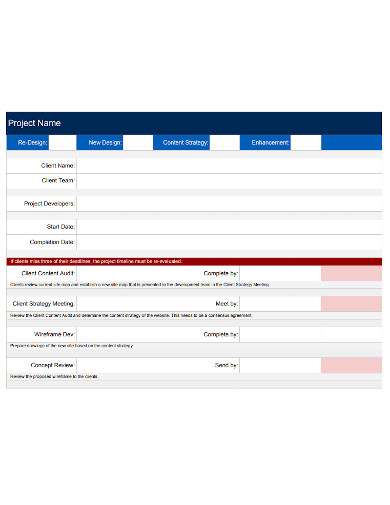A well-executed content audit performed once a year can provide significant information regarding your website’s post and content marketing scheme, well above its drab reputation. We frequently post something and then never return to it. It’s stale, old, and absolutely irrelevant now, after all these years. Good practice dictates that we revisit our material on a regular basis to ensure that it remains as fresh and lovely as the day it was first published.
10+ Content Audit Samples
The practice of carefully studying and evaluating all of the material on your website is known as a content audit. The goal is to identify strong and weak points in your content strategy and development workflow, as well as to adapt your content strategy to your current marketing objectives. The first instinct when it comes to attaining your content marketing objectives may be to develop and distribute new material. The issue is that such content is frequently buried and rarely revisited and repurposed. For others, this is a sad truth, because updating and reusing current material is one of the most effective content marketing strategies.
1. Content Audit Template
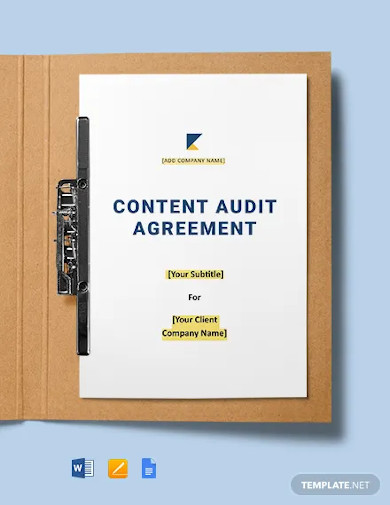
2. Quantitative Content Audit
3. Content Audit in PDF
4. Content Audit Evaluation Sheet
5. Content Audit Example
6. Web Content Audit Checklist
7. MyFitnessPal Content Audit
8. Content Audit Evaluative Criteria
9. Content Audit Cheat Sheet
10. Project Content Audit
11. Content Audit in DOC
Essential Steps on How to Audit Content
A content audit is definitely one of the best measures you can do for your company if you’re having trouble understanding your visitors’ behavior on your webpage or why your present marketing strategies aren’t working.
Define your goals and metrics
Because a content audit is a complex and time-consuming procedure, it’s critical to start with clear, stated goals. The first stage is to determine your company’s objectives. What are the advantages of doing a content audit? What outcomes do you hope to achieve?
Take an inventory of your content
It’s essential to know what kind of information you’ll be reviewing before compiling a list of URLs and metrics. Internal content, such as blog entries, news, instructional resources, product descriptions, and landing pages, as well as external publications, can be audited. Other sorts of information, such as video, PDF, or interactive features, such as quizzes, tests, and games, can also be evaluated.
Collect and analyze data
Data collection is a time-consuming and difficult task. In most cases, you’ll have to manually gather data from several sources and enter it into your spreadsheet. Use a content evaluation framework that automatically gathers data based on your performance targets to save time.
Draw up an action plan
After you’ve assessed your material, you’ll need to devise a strategy for improving it. Your action strategy should be based on your objectives as well as the findings of your study.
Adjust your content marketing strategy
It’s vital to maintain your long-term marketing plan in mind when conducting a web content audit. You may guide your content strategy in multiple directions to appeal to your intended audience in new ways, alter assets for greater organic reach, and enhance traffic and conversions if you track your triumphs and failures.
A thorough content audit takes time to complete. If you already have a lot on your plate, taking on such a large endeavor might not be the best use of your time or energy. If you don’t have the resources to spend to it, it’s best to postpone it till you do.
However, there are other approaches to conducting a content audit. We’ll provide both a full step-by-step audit and a rapid high-impact method in this article. If you don’t have the time or resources to conduct a full content audit, the shorter version will allow you to focus your efforts.
FAQs
How to interpret content audit data?
To get a thorough view of the state of your site’s content, look at all of your content analytics. To figure out why people are abandoning your website, you need to look at different aspects of it. The issue could be related to the relevancy of your content to headlines, CTAs, or the page load speed.
What is the importance of gathering asset data?
The specific data elements you’ll need to collect will vary on your audit’s aims as well as the degree of complexity you wish to attain. Although the lists below appear onerous, collecting data on every potential variable isn’t necessary. In fact, with just a few data points, you might be able to reach the objectives you set for yourself.
What works now may not work tomorrow, therefore it’s important to make adjustments on a regular basis. Conducting content audits at least twice a year is a wonderful method to see if your changes and overall emphasis are helping your company.
Related Posts
FREE 9+ Accounting Proposal Samples in PDF MS Word
FREE 11+ Safety Audit Report Templates in PDF MS Word
FREE 9+ Stock Audit Report Samples & Templates in PDF MS Word
FREE 10+ Environmental Audit Report Samples & Templates in PDF ...
FREE 10+ Private Company Audit Report Samples & Templates in ...
FREE 9+ Communication Audit Report Samples in PDF MS Word
FREE 11+ Engineering Audit Report Samples & Templates in PDF ...
FREE 8+ Project Audit Report Samples in PDF
FREE 9+ Accounting Proposal Samples in PDF MS Word
FREE 11+ Safety Audit Report Templates in PDF MS Word
FREE 9+ Stock Audit Report Samples & Templates in PDF MS Word
FREE 10+ Environmental Audit Report Samples & Templates in PDF ...
FREE 14+ HR Audit Report Samples in PDF
FREE 16+ Sample Audit Reports in PDF MS Word
FREE How to Create a Financial Audit Report [9+ Samples]

